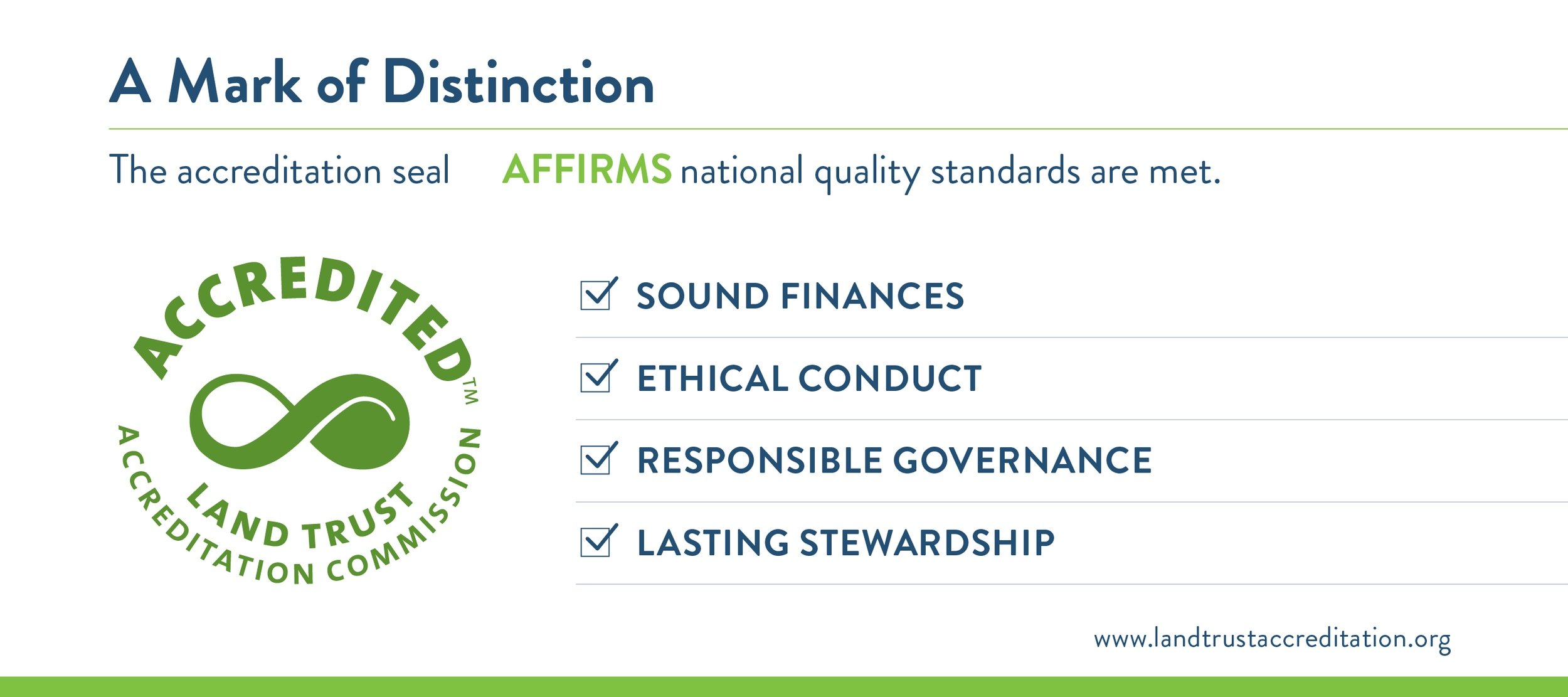Archaeologists studied the Vaughn Branch area (the former Carpenter Farm) in 1989* and found evidence that Native farming people, whom archaeologists refer to at Fort Ancient, had once lived here from A.D. 1200-1400. With information from sites around the region, here’s an idea of what life was like for these people at Vaughn Branch.
Fort Ancient peoples lived in southern Ohio, southeastern Indiana, central and eastern Kentucky, and western West Virginia. By the time these ancient people settled near this preserve, they lived in villages of more than 300 people. They maintained these villages for one or two generations until the local resources, like firewood and soil fertility, were depleted or if conflicts within their village or with people living in other villages compelled them to move.
They planted corn in fields along with squash, beans, sunflowers, and tobacco, and they would have used fire to clear these uplands (around the East West Connector) for their agricultural fields.
Fort Ancient people ate their corn fresh, dried and soaked to make hominy. They hunted deer, bear, elk and turkey. They collected wild plants for dyes and medicines, and for the fabrics they made and fashioned into clothing, bags, and nets.
Local limestone deposits provided ready sources of chert (or flint), from which they made stone arrow points, knives and drills. Besides food, animals provided the raw materials – skins and bones – for clothing, tools, and ornaments like beads. And, these people also made beads and pendants from freshwater mussel shells available in the nearby Kentucky River shoals.
Clay for making jars is available at Vaughn Branch, and the Fort Ancient people added crushed, burnt, freshwater mussel shells to temper their clay. Shell temper reduced the clay’s shrinkage during firing. It also allowed Fort Ancient potters to create vessels with thin walls. Almost all of the ceramic vessel fragments found near Vaughn Branch were made this way.
The Fort Ancient people revered their elders. They held the knowledge of the people, including how to adapt to every site, Vaughn Branch and the next site that followed.
By Ella Lemley-Fry, Frankfort High School Intern. Thanks to Gwynn Henderson, University of KY, for helping us get the archaeology correct and for providing the images. And thanks to Robert Patrick, WWLT member, for letting us know about this study of the Carpenter Farm.
* David Pollack and Charles D. Hockensmith. 1992. “Carpenter Farm: A Middle Fort Ancient Community in Franklin County, Kentucky.” In Current Archaeological Research in Kentucky, Volume 2, pages 151-185, edited by David Pollack and A. Gwynn Henderson.


